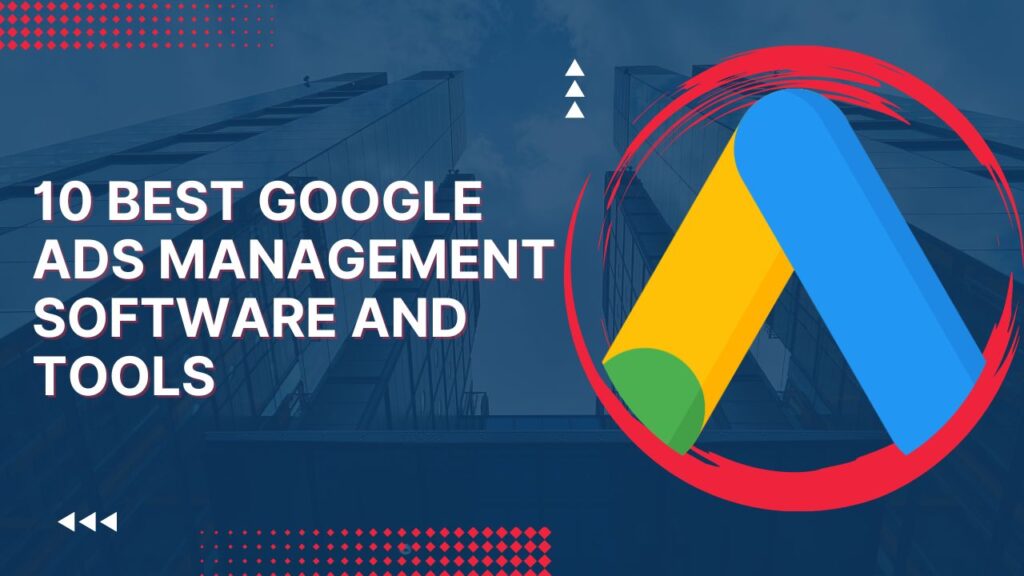5 Effective Strategies for Pay-Per-Click Advertising
In the ever-evolving world of digital marketing, Pay-Per-Click advertising remains a cornerstone strategy for businesses looking to promote their products or services. Its potency stems from its inherent flexibility, coupled with the potential for real-time analytics, scalability, and swift revenue generation. Nonetheless, success in PPC advertising requires not just resources but also a keen understanding of the field and strategic planning. In this article, we delve into five effective strategies for pay-per-click advertising that can help you optimize your campaigns and achieve better results. 5 Strategies for Pay-Per-Click Advertising Keyword Research: The Foundation of PPC Success Any pay-per-click advertising strategy begins with comprehensive keyword research. You may determine the keywords your target market uses to find goods and services similar to yours utilizing this technique. Your chances of getting them to visit your website and make a purchase increase when you bid on these keywords and your advertisements show up in their search results. But conducting keyword research is a continuous process. The search habits of consumers evolve, and new keywords can become relevant over time. Regularly updating your keyword list can help you tap into new audiences and stay ahead of your competitors. Consider using long-tail keywords as well, which are less popular and more particular, resulting in reduced cost-per-click (CPC) and higher conversion rates. Relevance: Your chosen keywords should be directly related to your goods or services. They should be words that members of your target market are likely to type in when looking for what you have to offer. Search Volume: High-volume keywords imply a larger audience, but they can also be more competitive. Balancing high-volume keywords with more niche, less competitive keywords can help you reach a broader audience effectively. Competition and Cost: The level of competition for a keyword can impact its cost-per-click (CPC). Highly competitive keywords can be expensive. Long-tail keywords might provide a more economical approach to reaching potential customers because they are more targeted and frequently less competitive. Landing Page Optimization: Creating a Lasting First Impression After clicking on your ad, a user first interacts with your company through your landing page. It’s crucial to ensure that it is well-optimized, offering a seamless user experience and consistent messaging that matches the ad copy. A good landing page should have an eye-catching design, be simple to use, and load quickly. Your value proposition should be clearly communicated on the page, and a compelling call-to-action (CTA) should be there to encourage consumers to convert. Additionally, make sure the page is responsive to mobile devices because a sizable percentage of web traffic originates from them. Design and Usability: Your landing page should be neat, visually appealing, and simple to use. It should quickly guide visitors to the information they are seeking and make the next steps clear. Message Match: The message on your landing page should match the ad that led the visitor there. Any discrepancy can perplex visitors and increase bounce rates Loading Speed: Your landing page should load quickly. Pages that load slowly may irritate visitors and increase bounce rates. A/B Testing: Finding the Winning Formula When it comes to PPC advertising, there isn’t a one-size-fits-all solution. What is most effective for one business may not be effective for another, and vice versa. A/B testing must be done frequently because of this. A/B testing involves creating two variations of your ad (Ad A and Ad B) and showing them to similar audiences to see which performs better. This can be accomplished by altering a number of components, including the headline, ad language, image, or CTA. Your advertising’ efficacy can be increased, and your return on investment (ROI) can be increased, by regularly testing and making adjustments. Variable Selection: In A/B testing, you should choose only one element to change at a time. The title, call to action, image, or even color scheme could all be examples of this. Data Analysis: A/B testing should be paired with robust data analysis. The effectiveness of each ad version can be determined with the use of tools like Google Analytics. Continuous Testing: A/B testing should be a continuous process rather than a one-time event. Continuous testing allows you to continually optimize your ads for better performance. Remarketing: Capturing Lost Opportunities Remarketing is a potent tactic that entails displaying ads to website visitors who have interacted with it in the past but didn’t convert. Since not all users will convert on their first visit, this tactic is essential. Remarketing helps keep your brand top-of-mind, increasing the chances of users returning to your website and completing a conversion. These ads also tend to be more economical because you’re focusing on users who have already expressed interest in your goods or services. Audience Segmentation: Remarketing campaigns allow you to segment your audience based on specific behaviors, like which pages they visited or how much time they spent on your site. Personalized Ads: Based on your audience’s prior experiences with your website, you may use remarketing to produce targeted advertising that appeals to them. Cost-Effectiveness: Because they target people who have already shown interest in your goods or services, remarketing efforts frequently produce a higher return on investment (ROI). Regular Monitoring and Optimization: The Key to Sustainable Success Finally, the success of your pay-per-click advertising campaigns heavily depends on your commitment to regular monitoring and optimization. You may learn what’s working and what isn’t by monitoring important indicators like click-through rates (CTR), conversion rates, cost-per-acquisition (CPA), and quality scores. By consistently monitoring your campaigns, you can make necessary adjustments in real-time, preventing wasteful spending and improving your campaign’s overall performance. Remember, pay-per-click advertising is not a set-it-and-forget-it strategy; it demands ongoing attention and optimization. Real-Time Adjustments: Regular monitoring of your pay-per-click advertising campaigns allows for real-time adjustments based on performance metrics. This can help prevent wasteful spending and improve overall campaign performance. Informed Decision Making: Monitoring key metrics can provide valuable insights into your audience’s behavior and preferences, enabling you to make data-driven decisions. Continual Optimization: Regular monitoring should be
5 Effective Strategies for Pay-Per-Click Advertising Read More »






